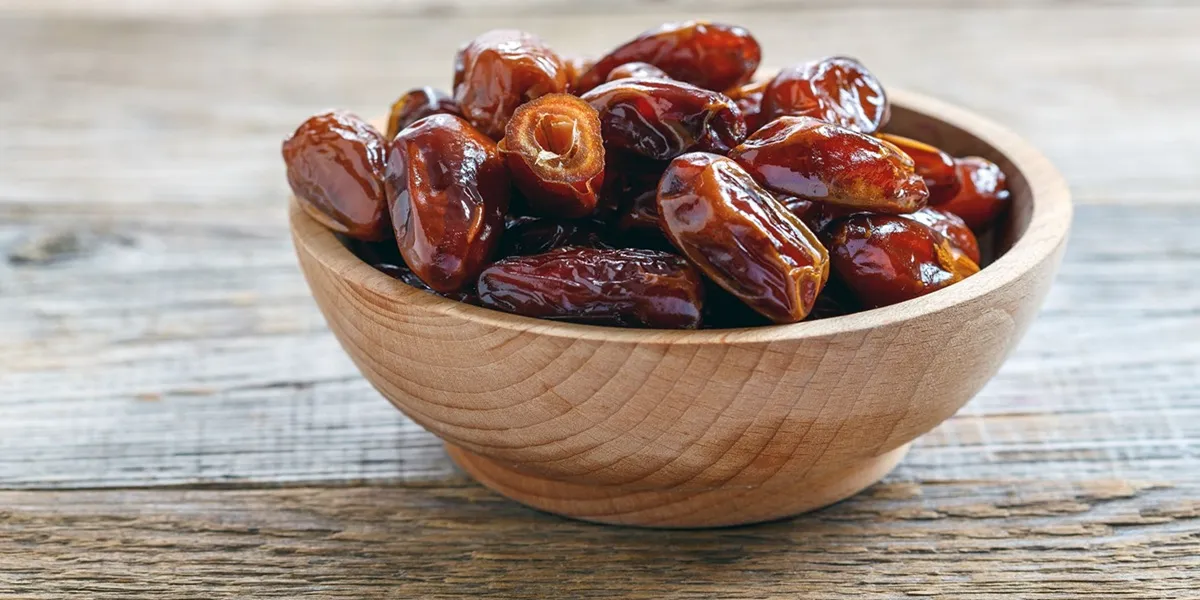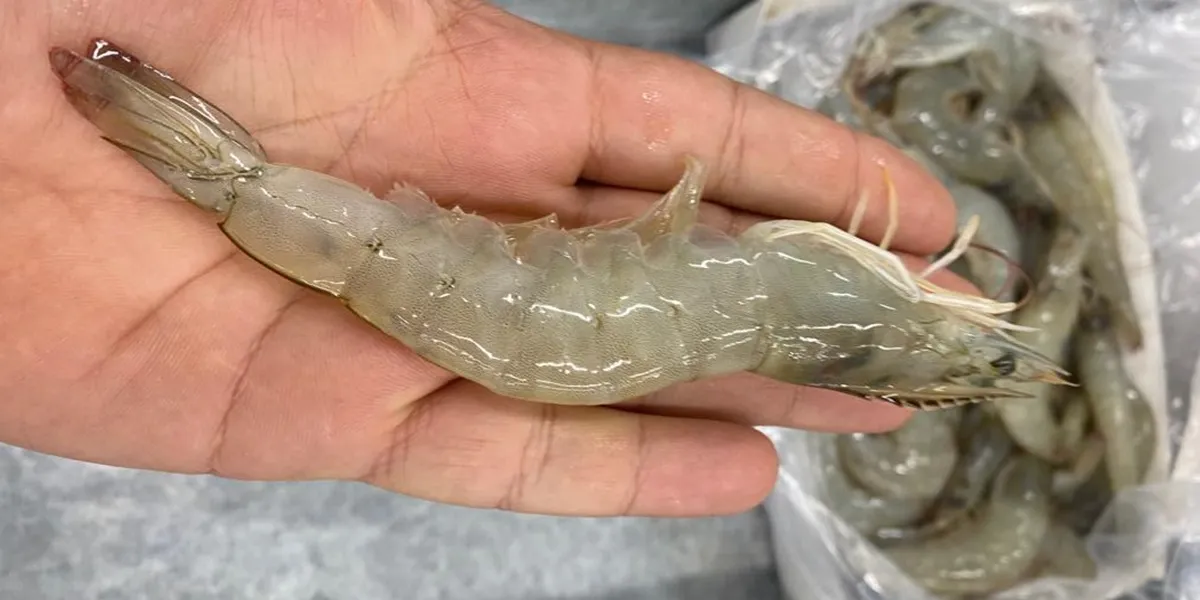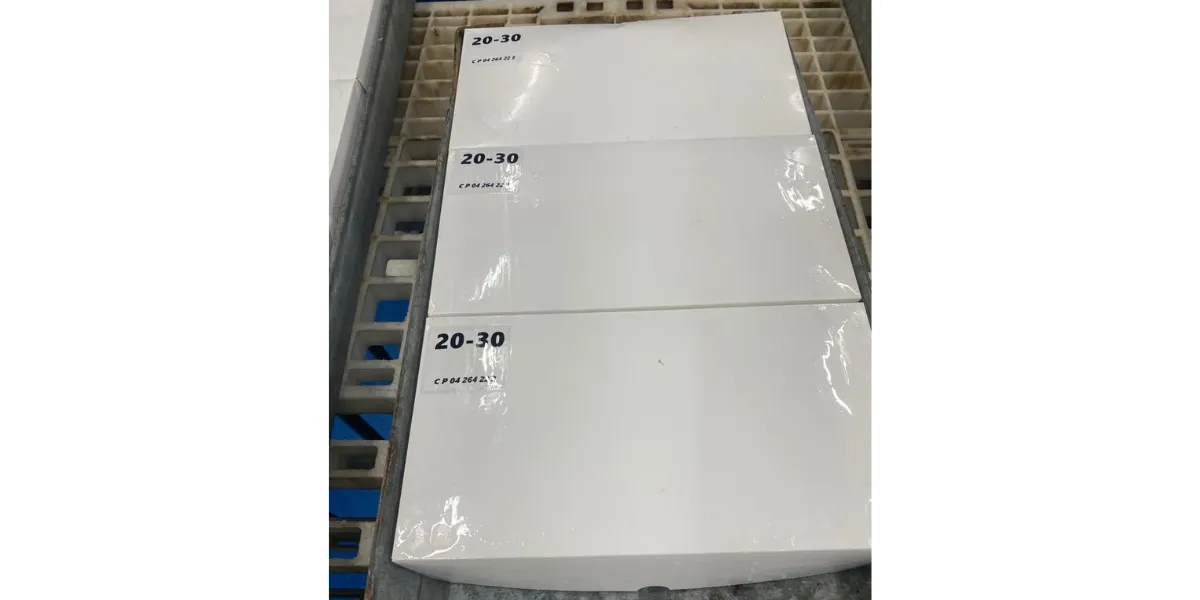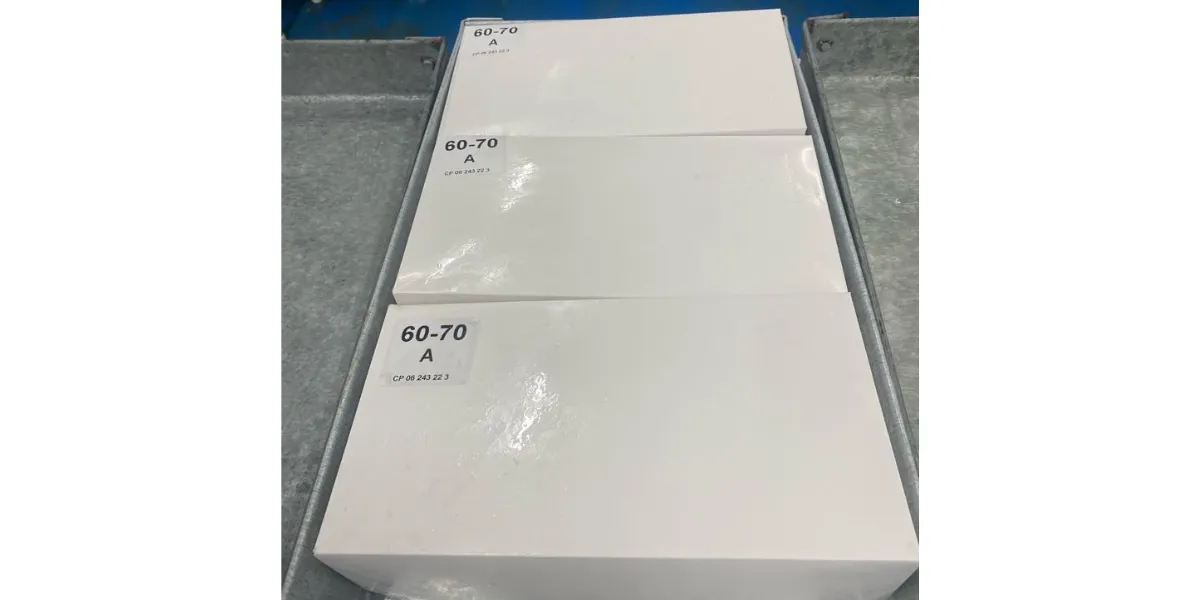Imagine holding a fruit that carries centuries of tradition, rich nutrition, and a growing global reputation—premium dates. These naturally sweet treasures are no longer limited to Middle Eastern tables; today, they are gaining extraordinary international demand thanks to their unique varieties, exceptional nutritional benefits, and alignment with modern wellness trends. From their impressive fiber content and natural energy boost to their role as clean-label snacks, premium dates are now recognized as both a cultural delicacy and a functional superfood. As we move into 2025, understanding their health properties, flavor profiles, and diverse varieties is essential for anyone seeking to stay ahead in global markets. Follow along as we uncover the key insights behind the rising international demand for premium dates.
Global Market Landscape: Size, Growth & Forecasts for Premium Dates in 2025
The international market for premium dates is entering a phase of unprecedented growth, driven by consumer interest in natural nutrition and cultural delicacies. Over the last decade, demand has steadily expanded across Europe, North America, and Asia-Pacific, where dates are appreciated not only as a traditional food but also as a modern superfood. Iranian Dates, alongside other premium varieties, are increasingly recognized for their quality, taste, and versatility, which positions them as a leading category in this global shift. Reports indicate that the market is expected to grow at a healthy pace, with factors such as urbanization, rising incomes, and awareness of plant-based diets fueling this expansion. Exporters are finding that premium dates are no longer limited to seasonal consumption; instead, they are being integrated into daily diets through snacks, desserts, smoothies, and even health-focused packaged products. This evolution reflects broader trends in wellness and functional foods, where dates offer natural sweetness without artificial additives. As we look toward 2025, the global premium date market is not just about volume—it is about value creation through quality, authenticity, and innovation, providing exporters with opportunities to meet the rising expectations of health-conscious consumers worldwide.
Consumer Drivers: Why Premium Dates Are Sought After More Than Ever
Modern consumers are looking for foods that deliver both nutrition and enjoyment, and premium dates fit perfectly into this expectation. A major driver is the shift toward natural sweeteners, as people seek healthier alternatives to processed sugar. Dates offer a naturally rich flavor profile while providing fiber, minerals, and antioxidants, making them attractive to a wide demographic. The variety factor also plays a key role—consumers are not only buying dates for tradition but also exploring the diversity of Iranian date varieties, which differ in taste, size, and texture. This exploration is enhanced by global travel, culinary innovation, and social media trends that highlight premium dates as gourmet, plant-based snacks. Moreover, the demand for clean-label, organic, and sustainably produced foods continues to rise. Dates meet these requirements naturally, especially when supported by certifications that reassure conscious buyers. Lifestyle factors, including fitness culture, vegan diets, and wellness marketing, further amplify the role of dates as functional superfoods. In today’s market, premium dates are more than a seasonal indulgence; they are part of a broader lifestyle movement where cultural heritage meets modern health trends. This combination of tradition and innovation is exactly what keeps global demand accelerating into 2025.
Premium Varieties: Which Types Are Leading Exports & Why
One of the most exciting aspects of the global date market is the growing interest in different varieties, each offering unique characteristics that appeal to specific consumer groups. Medjool dates are widely known for their large size, caramel-like taste, and soft texture, making them a favorite in premium snack categories. However, there is also a strong interest in varieties from North Africa and the Middle East, where centuries of cultivation have resulted in a wide spectrum of flavors and textures. What truly stands out is how diverse regions market their products; exporters from Iran, Tunisia, and Saudi Arabia all emphasize the heritage and authenticity of their dates. The recognition of the Health benefits of dates has also influenced which varieties are preferred. Consumers are drawn to varieties that are naturally high in fiber, potassium, and antioxidants, as well as those that maintain good texture and shelf life. For example, Deglet Noor dates are often chosen for their versatility in cooking, while softer types like Barhi appeal to consumers looking for fresh, melt-in-the-mouth experiences. The global marketplace thrives on this diversity, allowing buyers to select dates that align with their culinary traditions and wellness goals.
Key Export Markets & Regulatory Requirements
Exporters in 2025 face a diverse range of opportunities and challenges as they navigate international markets for premium dates. Asia-Pacific continues to show strong growth, driven by large populations with increasing disposable incomes and a rising interest in healthy eating. North America has also emerged as a dynamic region, with dates now considered a superfood featured in health bars, smoothies, and plant-based recipes. Europe, meanwhile, remains a sophisticated market with a high appreciation for organic and fair-trade certification. For producers, one of the most critical aspects of entering these markets is meeting regulatory standards. Countries often have strict requirements for pesticide residues, labeling, and quality grading, which must be carefully managed to ensure smooth entry. Exporters also face the challenge of differentiating their products, particularly when highlighting Iranian dates vs Medjool dates. This comparison often comes down to consumer preference: while Medjool dates are popular for their size and sweetness, Iranian varieties are prized for their heritage, affordability, and wide range of flavors. Successful exporters understand how to communicate these unique strengths while aligning with international standards and certifications, ultimately building trust with buyers and ensuring long-term market growth.
Supply Side Challenges & Innovations for Exporters
Behind the growing international demand for premium dates lies a complex supply chain that requires innovation to remain competitive. Producers face agricultural challenges such as water scarcity, climate change, pest management, and the need for sustainable farming practices. These challenges are especially significant in date-producing regions where environmental conditions are shifting rapidly. At the same time, exporters must address post-harvest requirements to preserve quality, including proper sorting, grading, moisture control, and packaging. Cold chain logistics are becoming increasingly important as buyers demand fresher products with longer shelf life. To meet these needs, many exporters are adopting advanced technologies such as automated sorting systems, modified atmosphere packaging, and blockchain-based traceability solutions. These innovations not only protect the integrity of premium dates but also align with global demands for transparency and sustainability. Collaboration between farmers, cooperatives, and international trade bodies further strengthens the supply chain, ensuring that small producers can compete in premium markets. The success of exporters in 2025 will depend on their ability to balance tradition with modernization, delivering dates that are authentic, nutritious, and consistently high in quality while overcoming environmental and logistical challenges.
Quality & Value Addition: How to Inspire Premium Positioning
In the global market, quality is the ultimate differentiator for premium dates. Exporters who want to establish a strong presence must focus on factors such as size uniformity, texture consistency, and natural sweetness. Consumers today are not just buying dates—they are buying a story of authenticity and care. This is why value addition has become central to building premium positioning. Certifications such as Organic, Fair-Trade, and Non-GMO immediately signal credibility and help brands gain access to health-conscious retail chains. Packaging innovation also plays a crucial role, with eco-friendly materials, resealable packs, and luxury boxes appealing to both everyday buyers and gift markets. Traceability systems that highlight origin—such as geographic indications or branding based on specific regions—add further value, as buyers want transparency in how and where their food is grown. Beyond packaging and certification, exporters can differentiate by offering pitted, stuffed, or chocolate-coated dates to meet evolving tastes. These added-value products allow dates to be marketed not only as a traditional food but also as gourmet snacks and modern lifestyle products. In 2025, the ability to combine quality assurance with creative value addition will define who leads the premium date industry.
Logistics, Distribution & E-Commerce: Pathways to Reach Global Consumers
As demand for premium dates grows internationally, efficient logistics and distribution systems are more critical than ever. Exporters must ensure that their products maintain freshness and nutritional quality throughout the supply chain. This requires cold chain solutions, protective packaging, and careful handling during transport to prevent spoilage and maintain shelf life. Traditional retail channels—such as supermarkets and specialty stores—remain important, but online distribution is rapidly becoming the new frontier. E-commerce platforms, from global giants to niche organic stores, have opened doors for exporters to reach consumers directly without relying solely on distributors. Subscription boxes, direct-to-consumer websites, and cross-border online marketplaces now feature premium dates as part of healthy snacking and gifting categories. Logistics strategies also need to adapt to this trend, with flexible shipping solutions and partnerships with reliable couriers to fulfill international orders efficiently. For exporters, this means aligning with both traditional trade networks and digital sales channels. In 2025, the companies that can seamlessly combine logistics excellence with strong online presence will be best positioned to capture rising global demand for premium dates.
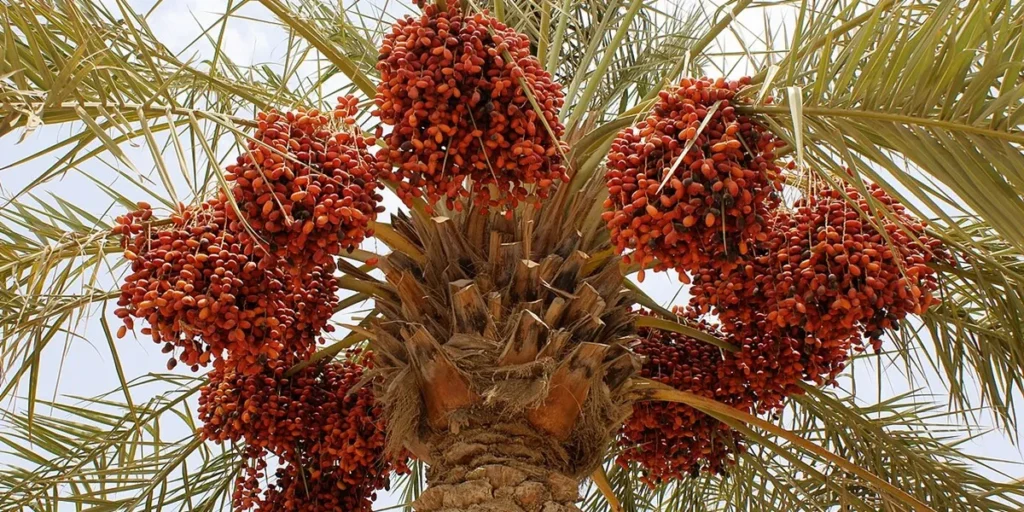
Sustainability & Ethical Practices as Competitive Advantage
Sustainability is no longer optional—it is a competitive necessity for exporters of premium dates. Consumers in Europe, North America, and Asia-Pacific are increasingly aware of the environmental and ethical impact of their food choices. For date producers, this means adopting practices that conserve water, protect soil health, and minimize pesticide use. Techniques such as drip irrigation, integrated pest management, and renewable energy usage on farms are gaining global recognition. Ethical practices are equally important: buyers expect assurances of fair wages, safe working conditions, and community development initiatives. Exporters who invest in sustainability certifications, such as Rainforest Alliance or Fair-Trade, can gain access to premium markets where conscious consumers are willing to pay more for responsibly produced goods. Beyond farming, sustainable packaging—biodegradable wraps, recyclable cartons, and reduced plastic use—has also become a selling point. By aligning supply chain practices with global sustainability goals, exporters not only reduce risks from environmental regulations but also build long-term trust with consumers. In 2025, sustainability and ethics are not just checkboxes—they are powerful drivers of brand loyalty and global market competitiveness.
Branding & Storytelling: Building Emotional Connections with Consumers
In the crowded global food market, branding is what transforms a product into a cultural symbol. Premium dates naturally carry heritage, tradition, and authenticity, which makes them ideal for storytelling. Successful exporters highlight the origin of their dates—whether from lush Iranian oases, North African farms, or Middle Eastern deserts—to create an emotional connection with consumers. Storytelling goes beyond geography: it emphasizes family farming traditions, centuries-old cultivation methods, and the journey from palm to table. This narrative, when combined with modern branding techniques, appeals to consumers who want meaning behind their purchases. Packaging design, social media campaigns, and influencer partnerships amplify this story, ensuring that premium dates stand out in competitive markets. Exporters who showcase their product as not only nutritious but also culturally significant are better able to capture consumer loyalty. For example, linking dates to Ramadan, wellness lifestyles, or gifting traditions makes them relevant across different contexts. In 2025, branding and storytelling are not just marketing strategies—they are essential tools to elevate premium dates into symbols of culture, wellness, and trust.
Strategic Recommendations for Exporters in 2025
Looking ahead, exporters of premium dates should focus on three interconnected strategies: quality, innovation, and market alignment. First, maintaining consistent quality across harvests is critical, supported by grading systems, certifications, and traceability. Second, innovation in packaging, processing, and product diversification will help brands appeal to younger, health-conscious consumers who see dates as both traditional and trendy. Third, market alignment requires understanding the unique preferences of each region—while Asia may prefer soft varieties for direct consumption, Europe may value organic certifications, and North America may demand convenient snack packaging. Exporters should also invest in building strong relationships with distributors, retailers, and e-commerce platforms to maximize visibility. Collaboration with research institutions can provide insights into improving yield, sustainability, and post-harvest technology. Finally, embracing sustainability and communicating it through branding ensures long-term trust and differentiation. By combining heritage with modernization, exporters can position premium dates as both a cultural delicacy and a global superfood. In 2025, success will belong to those who not only deliver quality products but also anticipate consumer expectations, ensuring that premium dates remain a staple in international markets.
Conclusion: Unlocking the Future of Premium Dates in Global Wellness and Nutrition
Premium dates have transformed from a traditional staple into a global health icon. Their wide range of varieties—each with distinct taste, texture, and culinary uses—offers consumers choices that go far beyond simple snacking. Combined with their natural benefits such as high fiber, antioxidants, and essential minerals, premium dates perfectly meet the demands of today’s health-conscious and culturally curious consumers. For exporters, producers, and nutrition enthusiasts alike, premium dates represent more than a product—they represent a bridge between heritage and modern wellness. By recognizing their global appeal and nutritional power, we can better understand why their demand continues to rise in 2025 and beyond.

